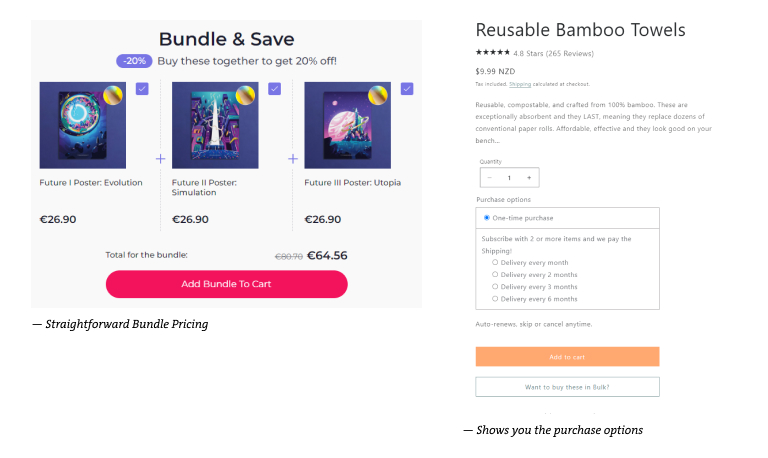Dark UX Patterns: Ethical Tightrope This Holiday Season

The holiday season is a time of joy, generosity and shopping, both online and offline. For many, this is the most critical sales time of the year as businesses capitalize on holiday cheer to drive conversions. However, when shoppers search for the perfect gift, they often fall prey to dark schemes, deceptive design practices that subtly manipulate user behavior to benefit the seller, often at the expense of the user.
This festive period highlights the tension between persuasion and manipulation in e-commerce. On the one hand, retailers aim to optimize the user experience to achieve their sales goals. Conversely, ethical concerns arise when design techniques prioritize profits over consumer well-being. Let’s unpack this problem and learn how businesses can adopt ethical design practices that continue to drive conversions during the holidays.
What are dark patterns?
Dark patterns are UX design choices that mislead or force users to make decisions they might not otherwise have made. Examples include:
Sneak into the basket: Adding items to a customer’s shopping cart without their explicit consent.
Countdowns: Artificial emergency stating “there are only 2 minutes left!” » to put pressure on purchases.
Emotional manipulation: Tug at your heartstrings to get the reaction you want.
Hidden costs: Reveal additional charges only at the last stage of payment.
Forced continuity: This makes it difficult to cancel free trials, which automatically turn into paid subscriptions.

These tactics may generate short-term gains, but they erode customer trust and loyalty, essential assets for businesses aiming for long-term success.
The holiday season amplifies the use of dark patterns. High-stakes purchases combined with lack of time create fertile ground for manipulative tactics. For example:
Emergency Party Traps
Flash sales with misleading “limited stock” messages or countdown timers prey on the FOMO (fear of missing out) that intensifies during Christmas shopping.
Gift Subscription Dilemmas
Offering subscriptions as gifts can be tricky: users may unintentionally find themselves tied to recurring payments.
Packet confusion
“Festive bundles” can sometimes hide the true value of the package, inserting low-value items to inflate prices.
Emotional exploitation
Festive images and messages like “Don’t disappoint your loved ones!” » encourage users to make decisions based on guilt rather than need.
The cost of handling
While these tactics can boost holiday sales, they can backfire:
Damaged reputation: A customer who feels cheated is unlikely to return.
Higher churn rates: Forced continuity tactics, for example, can increase cancellations and complaints.
Legal risks: Regulatory oversight of dark models is intensifying, with penalties for non-compliance.
Ethical alternatives that drive conversions during the holidays
Instead of resorting to manipulation, companies can use ethical design practices to build trust while achieving strong sales. Here’s how to do it:
Transparent emergency
– Instead of fake timers, show accurate inventory updates (e.g. “10 left in stock”). Honesty builds trust.
– Use seasonal messages like “Order by December 18 for guaranteed Christmas delivery” to create authentic urgency.
Clear price
– Show the total cost upfront, including taxes and shipping, to avoid last-minute surprises.
Gifts made simple
– Offer options like “One-Time Purchase as a Gift” to avoid trapping customers into subscriptions.
Accessible offers
Highlight offers without unnecessary confusion. Instead of forcing users to navigate through an endless sales section, use precise categorization like “Best Christmas Deals.”
Empathetic design
– Create prompts that focus on helpfulness rather than pressure. Example: “This gift is popular with people shopping for grandparents” instead of “Don’t miss it!” »

Embrace the Spirit of the Season
The holiday season is meant to encourage goodwill, which should extend to e-commerce practices. Companies that design with empathy and transparency will drive conversions and creating loyal, satisfied customers who come back long after the festive lights have gone down.
When preparing your online store for Christmas traffic, remember: persuasion does not have to be manipulative. By aligning your UX practices with ethical principles, you can navigate the fine line between persuasion and manipulation and ensure that your clients’ holiday celebrations are as joyful and stress-free as possible. If you have any questions or need a helping hand, don’t hesitate reach out– we are here to help you!



